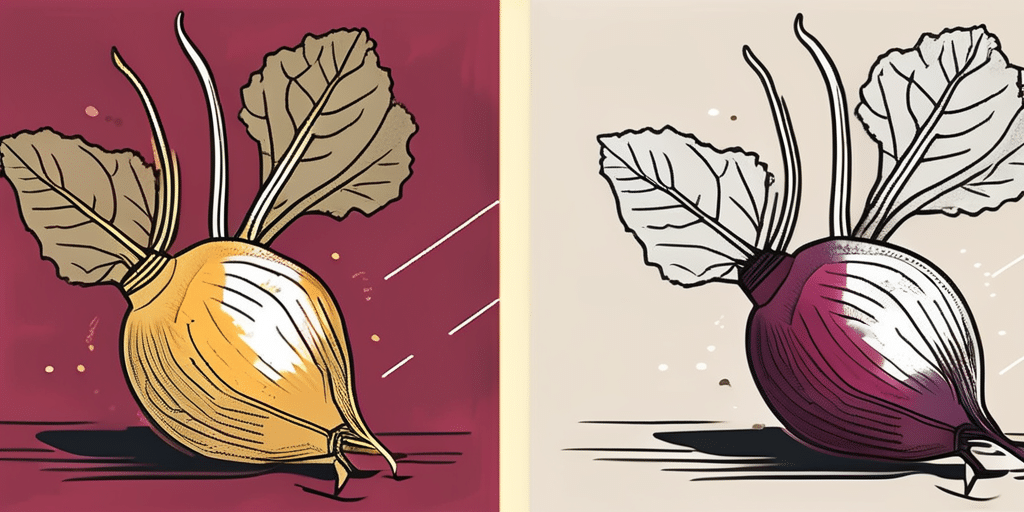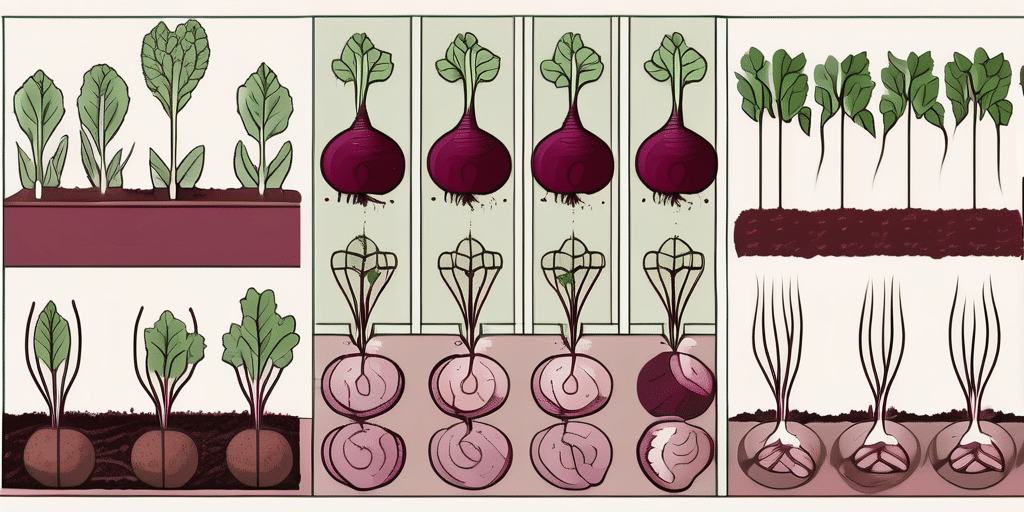Forono beets, known for their cylindrical shape and sweet taste, are a fantastic addition to any home garden. Not only do they offer a unique flavor, but they also provide a wealth of health benefits. However, planting Forono beets requires a certain level of knowledge and skill. In this guide, we’ll delve into the specifics of how to plant Forono beets, focusing on the best patterns and spacing techniques.
Understanding Forono Beets
Before we get into the planting process, it’s essential to understand what Forono beets are and why they’re worth growing. Forono beets, also known as cylindrical beets, are a type of beetroot that grows in a long, cylindrical shape, unlike the traditional round beet. This shape makes them easier to slice and prepare for cooking.
Forono beets are rich in essential nutrients like fiber, vitamin C, potassium, and manganese. According to the USDA, beets can help lower blood pressure, improve digestion, and support brain health. They’re also low in calories, making them a healthy choice for those watching their weight.
Preparing the Soil
Like all plants, Forono beets require specific soil conditions to grow properly. According to the Oregon State University Extension Service, Forono beets prefer loose, well-draining soil with a pH between 6.0 and 7.0. They also need a good amount of organic matter to thrive.
Before planting, it’s recommended to test your soil’s pH levels. If the pH is too low (acidic), you can add lime to raise it. If it’s too high (alkaline), you can add sulfur to lower it. You should also add compost or well-rotted manure to increase the organic matter in the soil.
Planting Forono Beets
Once the soil is prepared, you can start planting your Forono beets. Here’s a step-by-step guide on how to do it:
- Choose the right time to plant. Forono beets are cool-season crops, so they should be planted in the early spring or late summer. According to the Old Farmer’s Almanac, the best time to plant beets is 2-3 weeks before the last spring frost or 8-10 weeks before the first fall frost.
- Soak the seeds overnight. This will help them germinate faster.
- Plant the seeds. Make a hole about 1/2 inch deep in the soil and place the seed inside. Cover it with soil and pat it down gently.
- Space the seeds properly. Forono beets need plenty of space to grow. The Royal Horticultural Society recommends spacing the seeds about 4 inches apart in rows that are 12 inches apart.
- Water the seeds. After planting, water the seeds thoroughly. Keep the soil consistently moist until the seeds germinate.
Caring for Forono Beets
After planting, your Forono beets will need regular care to grow properly. This includes watering, weeding, and fertilizing.
Watering should be done regularly to keep the soil moist but not waterlogged. Overwatering can lead to root rot, while underwatering can stunt growth. The University of Minnesota Extension recommends watering beets deeply once a week, or more often during dry spells.
Weeding is also important, as weeds can compete with your beets for nutrients and water. Be careful when weeding, though, as beet roots are shallow and can be easily damaged.
As for fertilizing, Forono beets benefit from a balanced fertilizer applied at planting and again when the plants are about 6 inches tall. The Michigan State University Extension recommends a 10-10-10 fertilizer for beets.
Harvesting and Storing Forono Beets
Forono beets are typically ready to harvest 55-60 days after planting. To harvest, simply pull the beets out of the ground. If they’re difficult to pull, you can use a garden fork to loosen the soil around them.
After harvesting, you can store Forono beets in a cool, dark place for several months. According to the National Center for Home Food Preservation, beets can be stored in a root cellar at temperatures between 32-40°F with a humidity level of 95%.
Remember, the leaves of the Forono beets are also edible and can be used in salads or cooked like spinach. So don’t throw them away!
Conclusion
Planting Forono beets may seem like a daunting task, but with the right knowledge and techniques, it can be a rewarding experience. By following the steps and tips outlined in this guide, you’ll be well on your way to growing your own delicious and nutritious Forono beets.
So why wait? Start preparing your garden for Forono beets today and reap the benefits of this wonderful vegetable in the coming months.
Join Our Gardening Community
Ready to transform your green space into the Garden of Your Dreams? Subscribe for free to How to Grow Everything and gain access to personalized gardening advice tailored to your location, grow zone, and experience. Dive into our extensive library of free articles, including in-depth guides like this one, to elevate your gardening skills. No spam, just pure gardening gold, special offers, and tips from our family to yours. Start your journey to a bountiful harvest with us today!






